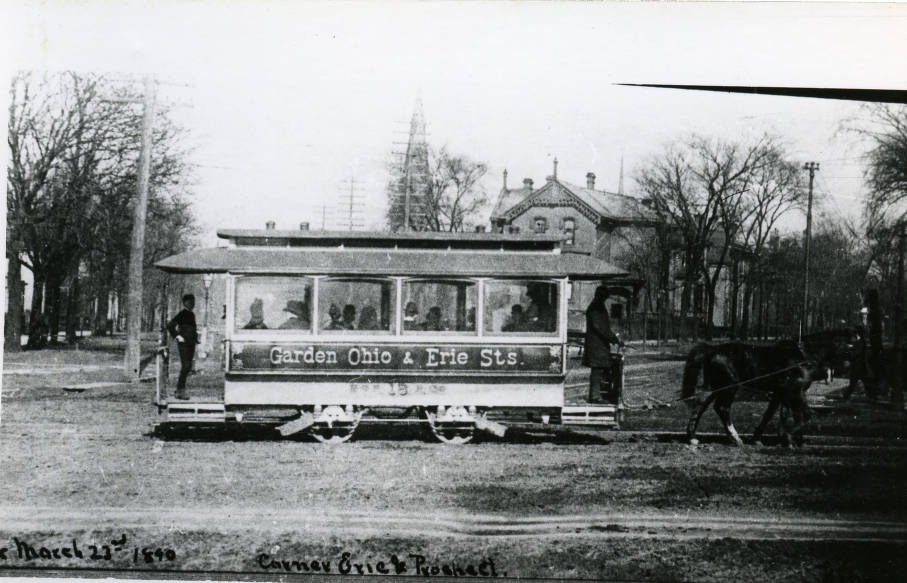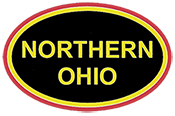These can be either persons or devices that increase the output or coverage of an individual. For example, a machine may be able to increase greatly the output of a single worker, and this increased output typically makes it possible for that worker to earn more money.
The electric streetcar was a service extender. Compared to a horse drawn car, the electric could carry many more people, could move over its route more quickly allowing more trips filled with paying passengers, and could do these things more cheaply. Thus, in the early days of electric cars, the street railways could pay a substantially better wage than most other employers which, in turn, made its workers more willing to accept conditions such as awkward working hours.

However, through the 1890’s and early 1900’s, American industry rapidly became more mechanized, i.e. it also adopted service extenders. This change, in turn, allowed those other industries also to pay better wages. Now, with better paying jobs available elsewhere, street railway employees were much less willing to accept unpleasant conditions without more pay. Thus, because the street railways had been among the early industries to adopt large scale use of service extenders, they now were at a disadvantage.
The problem became worse, over time, as many industries were able to continue to develop better mechanization, allowing even more increase in productivity. But there was little the street railways could do to increase productivity beyond what they already had accomplished. Cars operating on public streets could only grow to a certain size or operate up to certain speeds. This was one of the many problems that contributed to the demise of the electric streetcar.
Pictures, both Columbus Metropolitan Library: 1) A Cleveland horse car. 2) Cleveland Transit System car #5015, William Gwinn photographer. This was about as far as the service extender idea could develop

